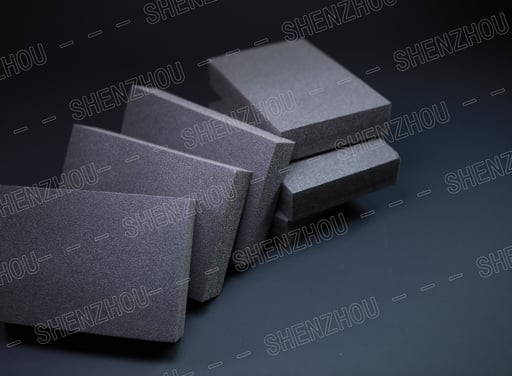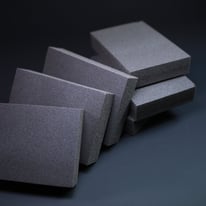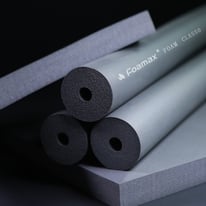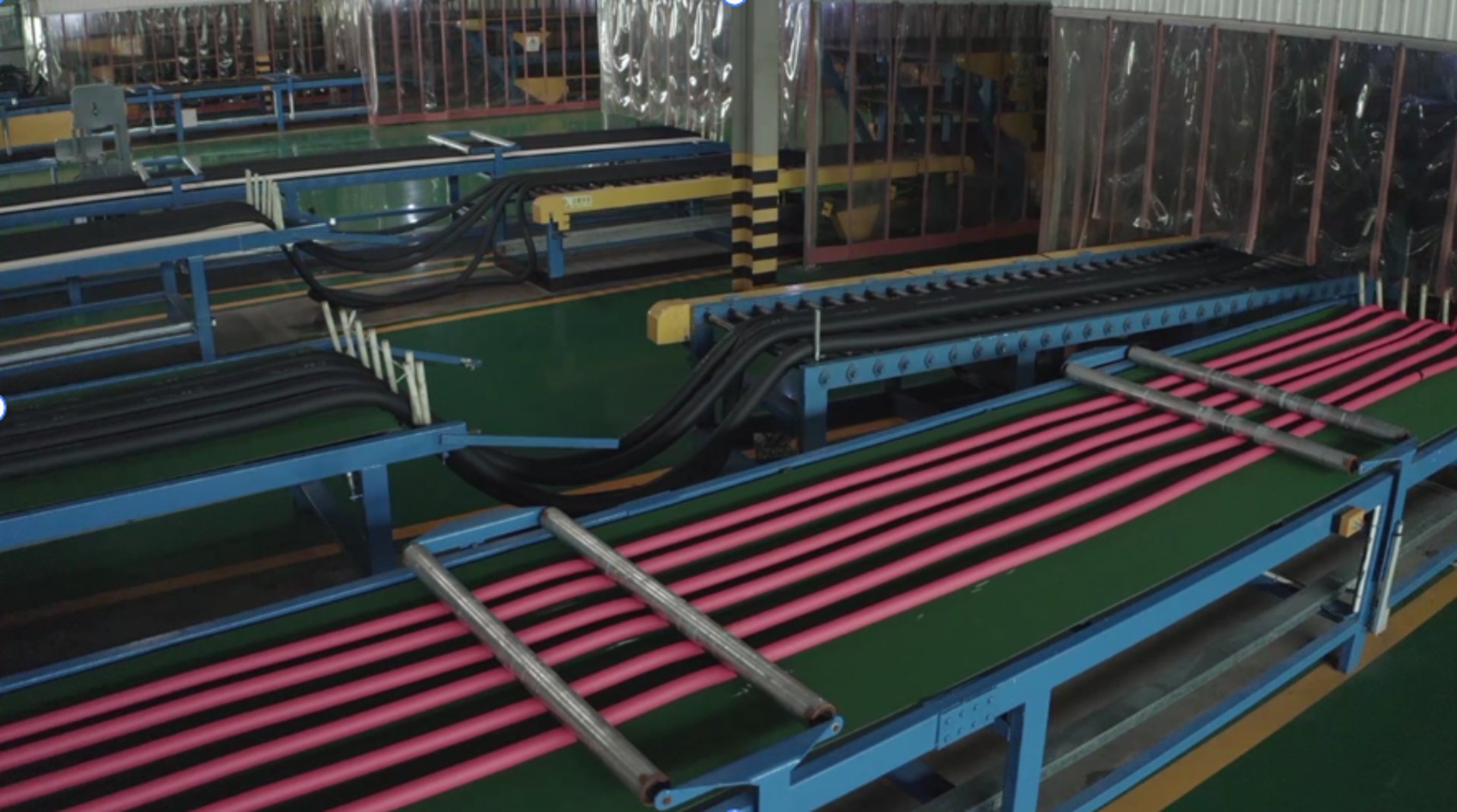
Foam padding provides good insulation.
3/4/20246 min read

Categories
Popular
Glass Wool Insulation





This article discusses the effectiveness of foam padding as insulation material. Due to its composition and structure, foam padding can prevent the transfer of heat, thereby regulating the temperature within enclosed spaces. Its insulating properties make it a commonly used material in various applications, including construction, packaging, and cushioning. Its effectiveness lies in its ability to reduce heat loss or gain, contributing to improved energy efficiency and maintaining thermal comfort.
Does foam padding make good insulation?





Does foam padding make good insulation?
Foam padding can indeed make good insulation, depending on the specific type of foam and its application. Foam padding is commonly used in various contexts, such as in clothing, upholstery, packaging, and construction. Here are some factors to consider regarding foam padding and its insulation capabilities:
Type of Foam: There are various types of foam materials, including polyurethane foam, polystyrene foam, and polyethylene foam, among others. Each type of foam has different insulating properties. For example, closed-cell foam tends to provide better insulation than open-cell foam because it has a denser structure that prevents air and moisture infiltration.
Density and Thickness: The density and thickness of the foam padding also play a significant role in its insulation performance. Generally, denser foams with higher thickness offer better insulation because they provide more barriers to heat transfer and air movement.
Application: Foam padding can be used for insulation in different applications, such as in walls, floors, ceilings, and pipes. It can help reduce heat loss or gain, prevent condensation, and improve energy efficiency. However, the effectiveness of foam padding as insulation may vary depending on the specific requirements of each application.
Moisture Resistance: Some types of foam padding are more resistant to moisture than others. Moisture-resistant foam padding is essential in applications where exposure to moisture is a concern, as excessive moisture can compromise the insulation performance and lead to mold or mildew growth.
Environmental Considerations: When selecting foam padding for insulation, it's essential to consider environmental factors such as fire resistance, off-gassing of volatile organic compounds (VOCs), and recyclability. Choosing eco-friendly foam materials can help minimize the environmental impact and ensure a safer indoor environment.
Overall, foam padding can be an effective insulation material when chosen and applied correctly. It offers thermal insulation properties, helps regulate temperature, and improves comfort levels in various applications. However, it's essential to select the appropriate type of foam padding based on specific requirements and to ensure proper installation for optimal insulation performance.
Introducing SHENZHOU CLASS 0 NBR Rubber Foam:
Foam rubber can indeed make good insulation, depending on the specific application and requirements. Foam rubber, also known as cellular rubber or sponge rubber, is a type of synthetic rubber that contains small, closed cells within its structure. These closed cells provide excellent insulation properties, especially in terms of thermal and sound insulation. Here are some reasons why foam rubber can be effective as insulation:
Thermal Insulation: Foam rubber has low thermal conductivity, which means it is resistant to heat transfer. This property makes it suitable for insulating against temperature variations, such as keeping heat in during cold weather and keeping heat out during hot weather. It can be used in various applications, including walls, roofs, pipes, and HVAC systems, to improve energy efficiency and reduce heating or cooling costs.
Sound Insulation: The closed-cell structure of foam rubber also makes it effective for sound insulation. It can absorb and dampen sound waves, reducing noise transmission through walls, floors, and ceilings. This property is beneficial in buildings where noise control is important, such as residential areas, offices, and industrial facilities.
Flexibility and Versatility: Foam rubber is flexible and can be easily cut, shaped, and installed to fit various surfaces and applications. It can conform to irregular shapes and contours, making it suitable for insulating complex structures and equipment.
Water Resistance: Some types of foam rubber are water-resistant or even waterproof, which makes them suitable for use in damp or humid environments. Water-resistant foam rubber can maintain its insulation properties even when exposed to moisture, preventing mold and mildew growth and preserving indoor air quality
Durability: Foam rubber is generally durable and resilient, with good resistance to wear, tear, and compression. It can withstand repeated use and maintain its insulation effectiveness over time, making it a long-lasting solution for insulation needs.
Overall, foam rubber can be an excellent choice for insulation in a variety of applications due to its thermal and sound insulation properties, flexibility, water resistance, and durability. However, the specific performance and suitability of foam rubber insulation may vary depending on factors such as the material composition, cell structure, thickness, and installation method.
SHENZHOU CLASS 0 NBR Rubber Foam takes the inherent benefits of NBR foam to the next level. Engineered to meet Class 0 standards, indicating optimal fire performance, this insulation material ensures safety and reliability. Its versatility makes it suitable for various industries, including HVAC, automotive, and construction.
NBR foam rubber stands out as a durable and efficient insulation material, offering a range of benefits for diverse applications. With SHENZHOU CLASS 0 NBR Rubber Foam, you not only harness the inherent qualities of NBR foam but also ensure compliance with stringent safety standards. Whether you're insulating pipes, HVAC systems, or industrial equipment, SHENZHOU CLASS 0 NBR Rubber Foam is a trusted choice for reliable and long-lasting insulation solutions.

FAQ
1. Are you a manufacturer or a trading company?
We are a manufacturer which has 40 years' history.
2.Is your company OEM or ODM?
We not only make products, we design them.
3.Where is your manufacturer? How to visit it?
Our company is located in Dacheng town, Langfang City, Hebei province, China.Operating glass wool, rubber foam, ceramic wool, rock wool, sound-absorbing panels and other products.You can take a plane to Beijing, then take the subway for 20 minutes to our company.
4.How we control and ensure product quality?
We have a professional technical team and R&D center and have obtained many international certifications.
5.Can I customize the product?
Certainly! We are more than willing to accommodate customer requests. If you have any further inquiries, please feel free to reach out to us.


About Us
Click the button below to get more information about us
Newsletter
Click to subscribe for more information
Follow Us
Contact Us
Address
Dacheng town, Langfang City, Hebei province, China
Phone
+86 185 03165 626
